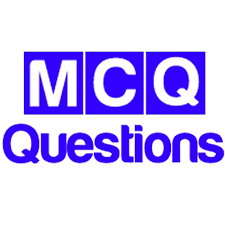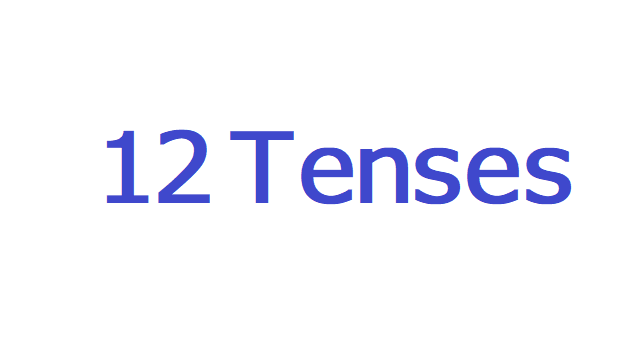Present Simple Tense – Structure with Examples
The Present Simple tense, also known as the Simple Present tense, is used to talk about general truths, habits, routines, and facts. It is one of the basic tenses in English and is typically used for actions that happen regularly, repeatedly, or as permanent situations. Here’s a detailed explanation of its structure along with examples:
Structure: The basic structure of the Present Simple tense in English is as follows:
Subject + Verb (in base form) + Object (optional)
Positive Sentences:
In positive sentences, the main verb is used in its base form (infinitive) without any conjugation or additional markers.
Examples:
- I eat an apple every day.
- They play tennis on weekends.
- The sun rises in the east.
Negative Sentences:
To create negative sentences in the Present Simple tense, we use the auxiliary verb “do” in its present form (do/does) + “not” + the base form of the main verb.
Examples:
- She does not like spicy food.
- We do not watch TV in the morning.
- They do not speak French.
Interrogative Sentences:
To form questions in the Present Simple tense, we use the auxiliary verb “do” in its present form (do/does) before the subject, followed by the base form of the main verb. The word order is inverted in interrogative sentences.
Examples:
- Do you like ice cream?
- Does he play the guitar?
- Do they live in this neighborhood?
Third Person Singular: When the subject of the sentence is a third person singular pronoun (he, she, it), the verb in the Present Simple tense takes the -s or -es form.
Examples:
- He plays the piano beautifully.
- She watches TV every evening.
- It rains a lot in this area.
Adverbs of Frequency: Adverbs of frequency (e.g., always, often, sometimes, rarely) are commonly used with the Present Simple tense to indicate how often an action happens. These adverbs are usually placed before the main verb.
Examples:
- She always arrives early for meetings.
- I often go jogging in the park.
- They rarely eat fast food.
Note:
- The Present Simple tense does not indicate actions happening at the exact moment of speaking. For actions happening right now, the Present Continuous tense is used.
- The third person singular form (he/she/it) differs from the base form of the verb by adding -s or -es.
The Present Simple tense is versatile and is used in various contexts to express regular habits, routines, and general truths.




